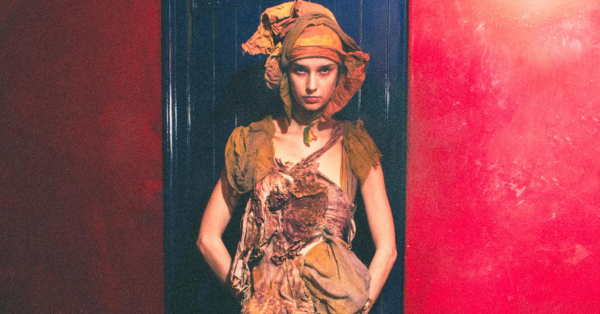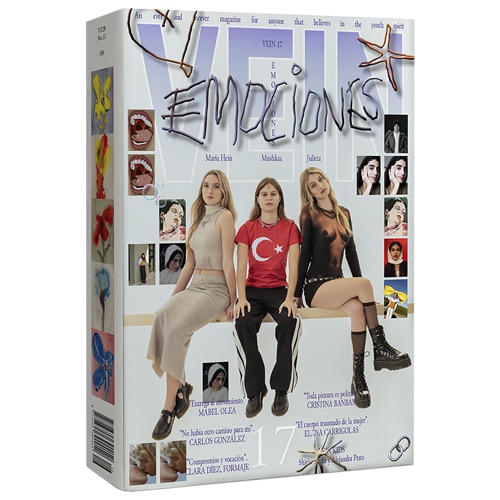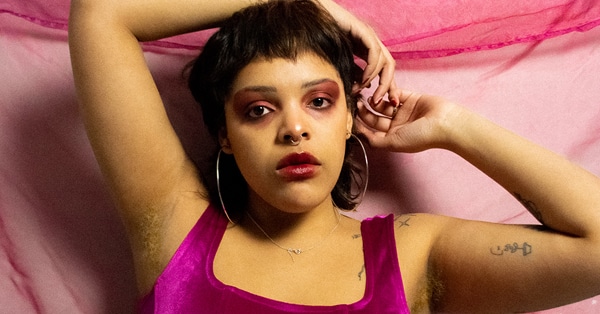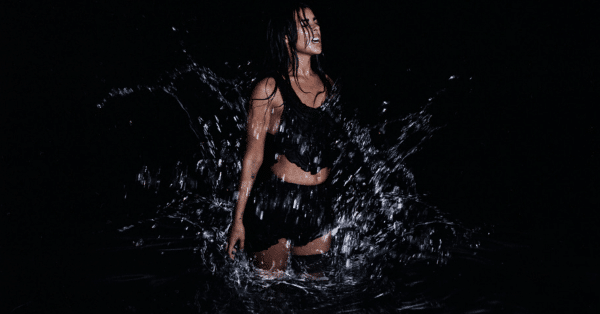Few have blurred the lines between fashion and self-expression like Chloë Sevigny, whose iconic presence has remained as unpredictable as it is unforgettable.

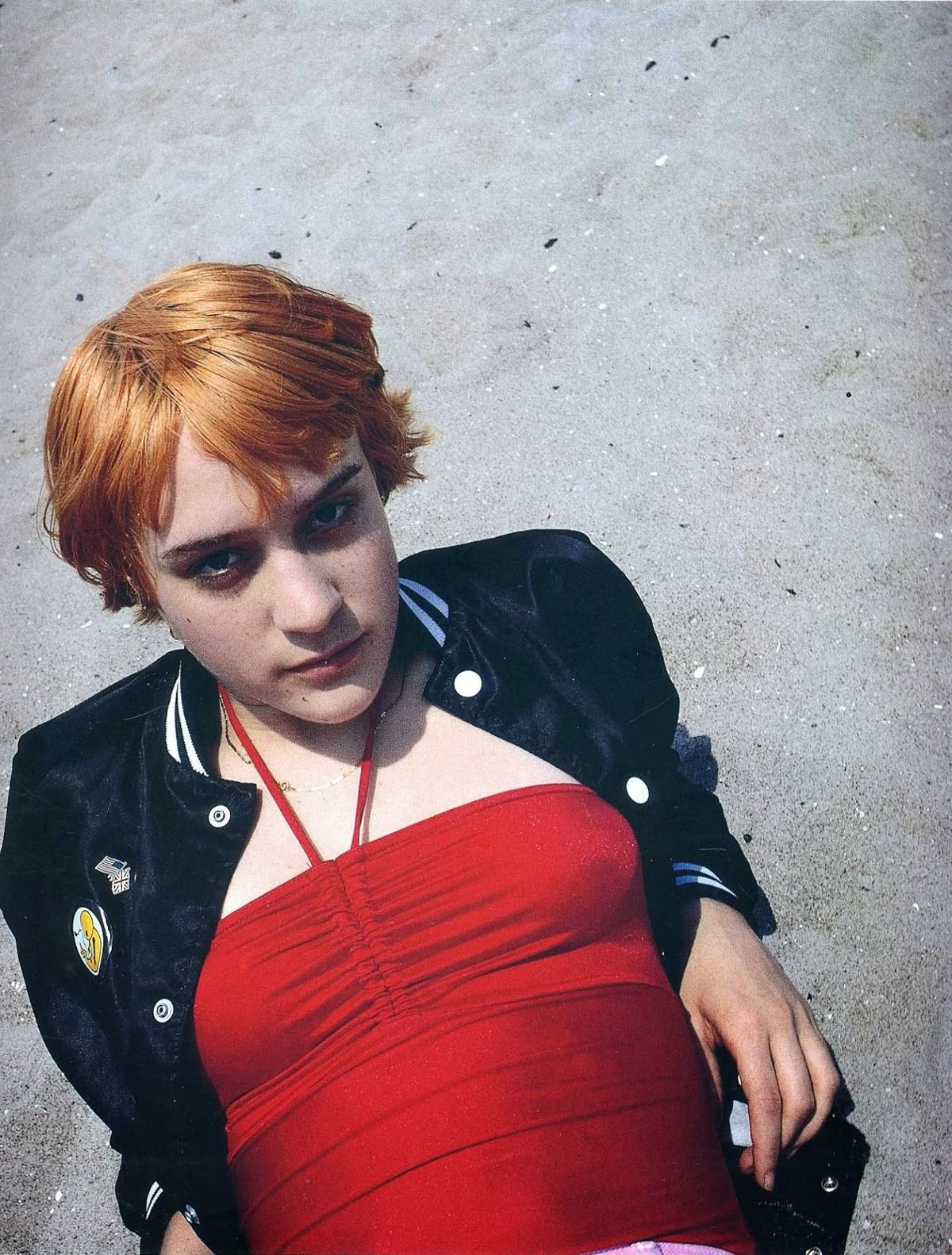
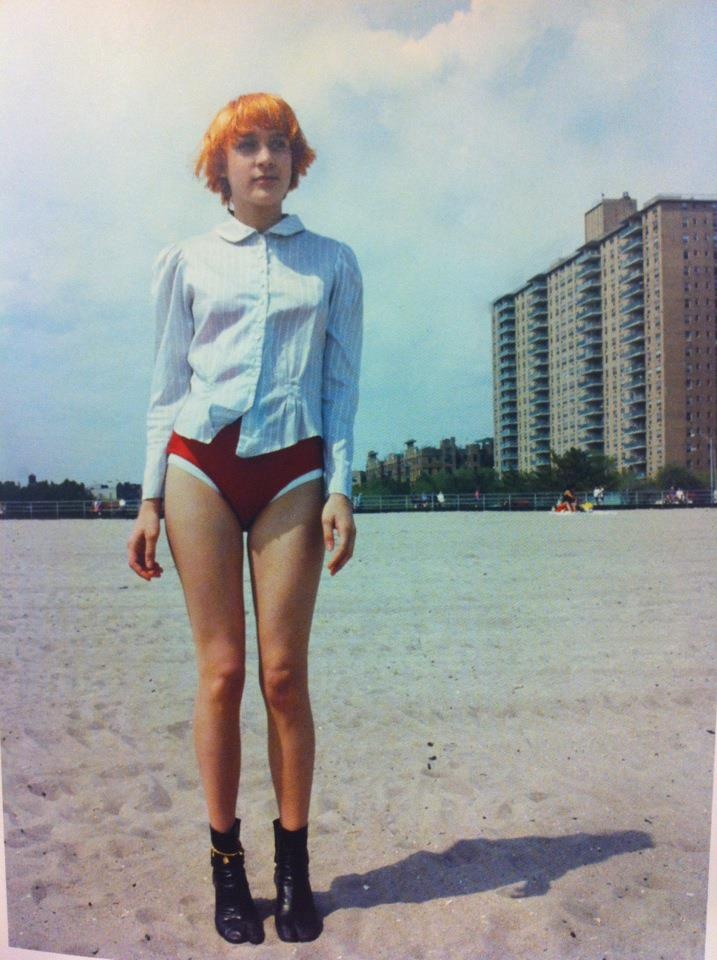
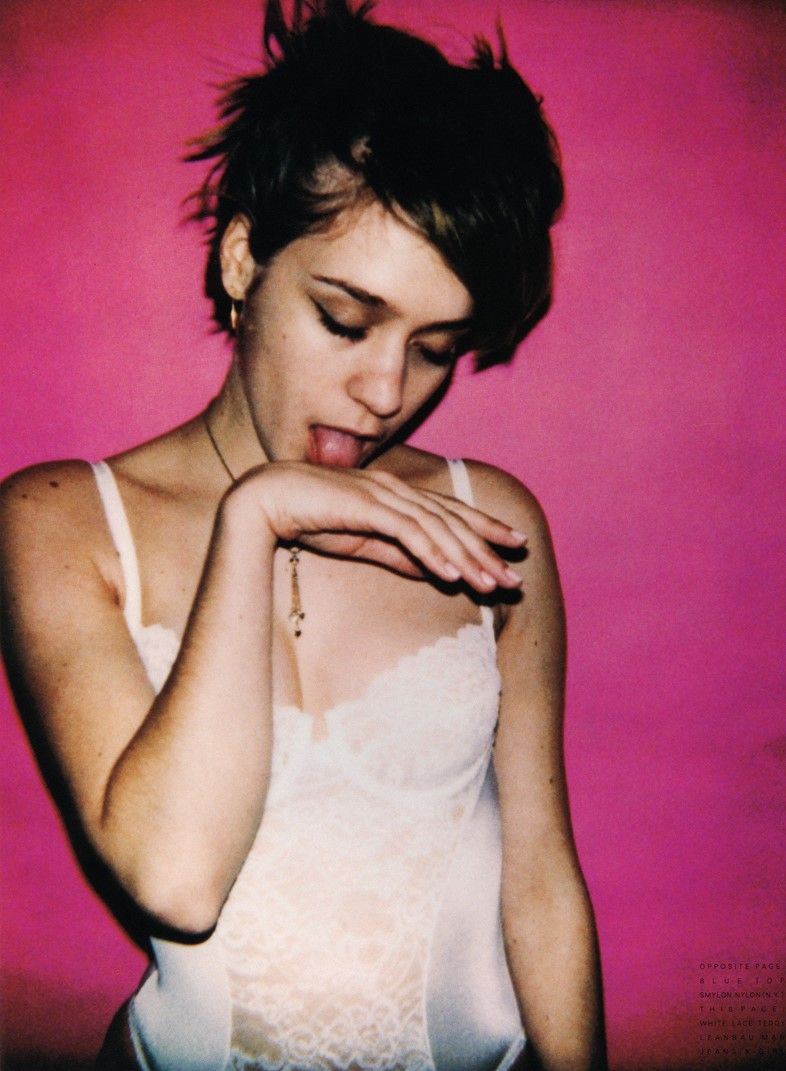

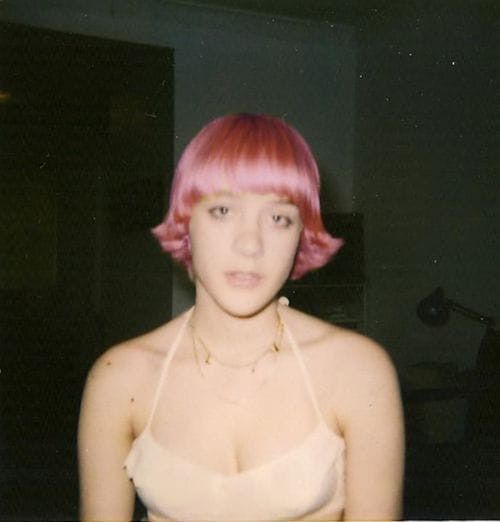
From there, Sevigny became the ultimate muse for a new aesthetic language, one that blurred the lines between masculine and feminine, thrift and couture, high fashion and streetwear. With her angular beauty and self-assured awkwardness, she resisted the polish expected of Hollywood ingénues. Instead, she embraced androgyny, played with proportions and wore whatever felt right in the moment, be it a Peter Pan collar or a Thom Browne suit. In doing so, she helped rewrite the fashion codes of the 2000s, alongside designers like Miu Miu, Ghesquière’s Balenciaga and Proenza Schouler.
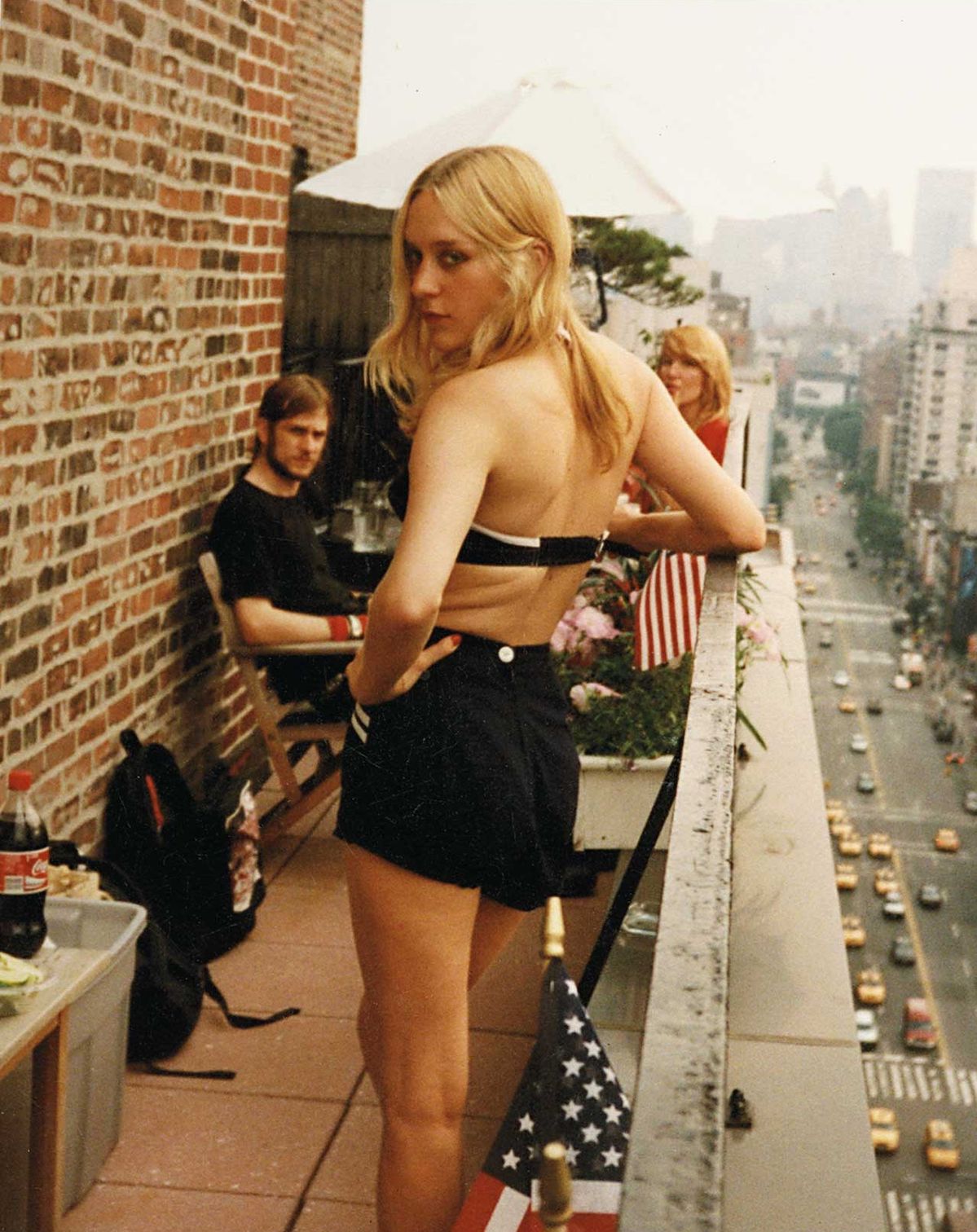
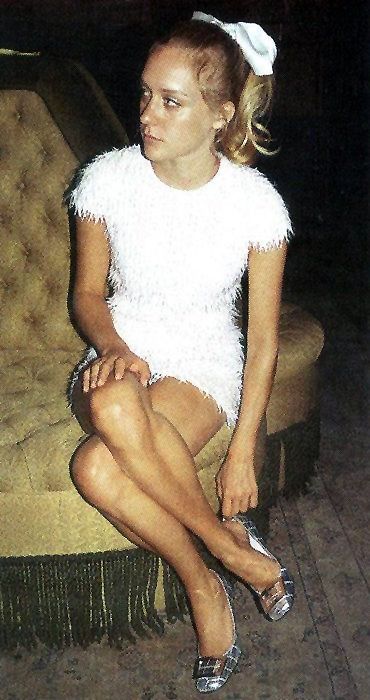
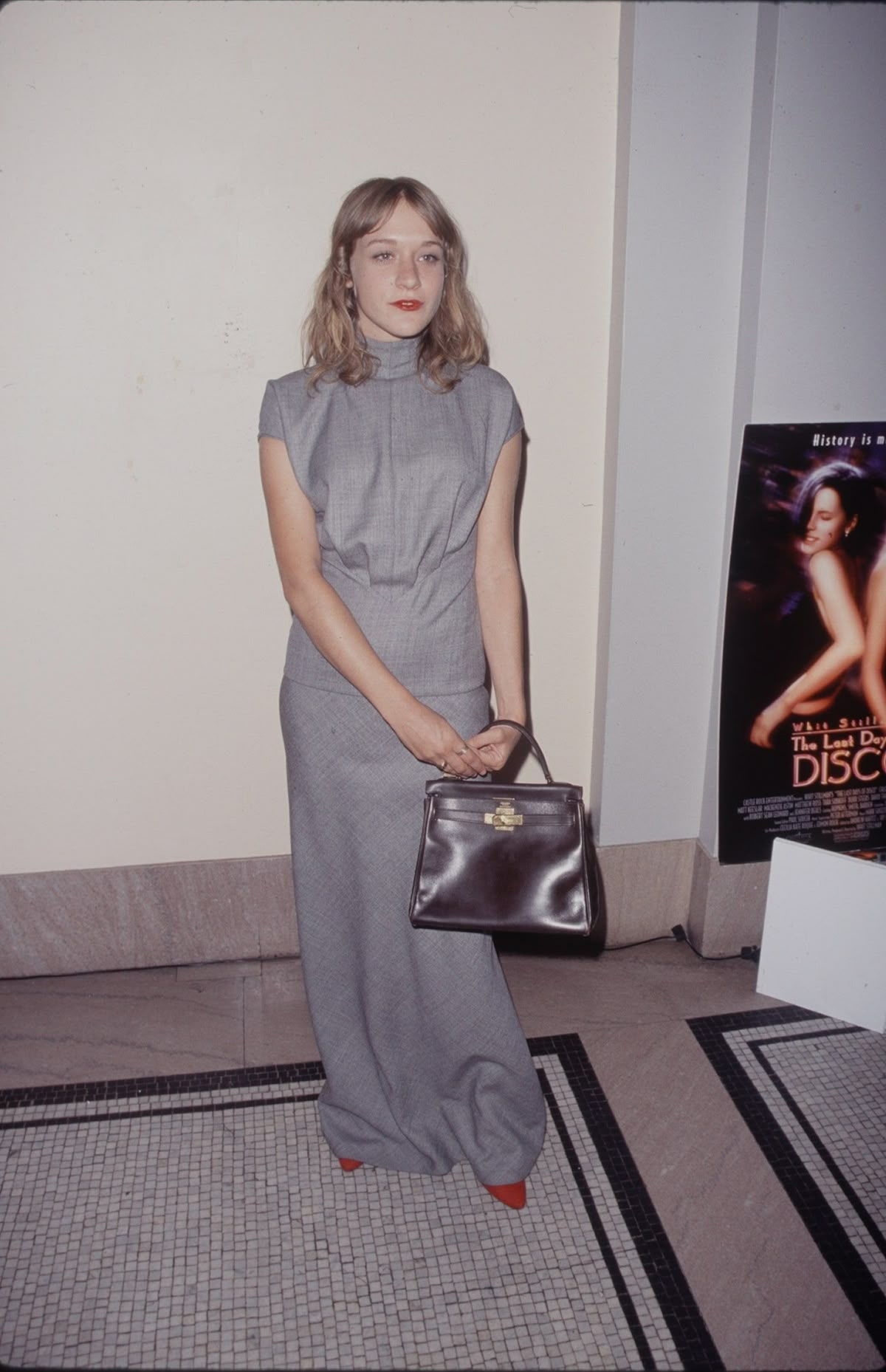
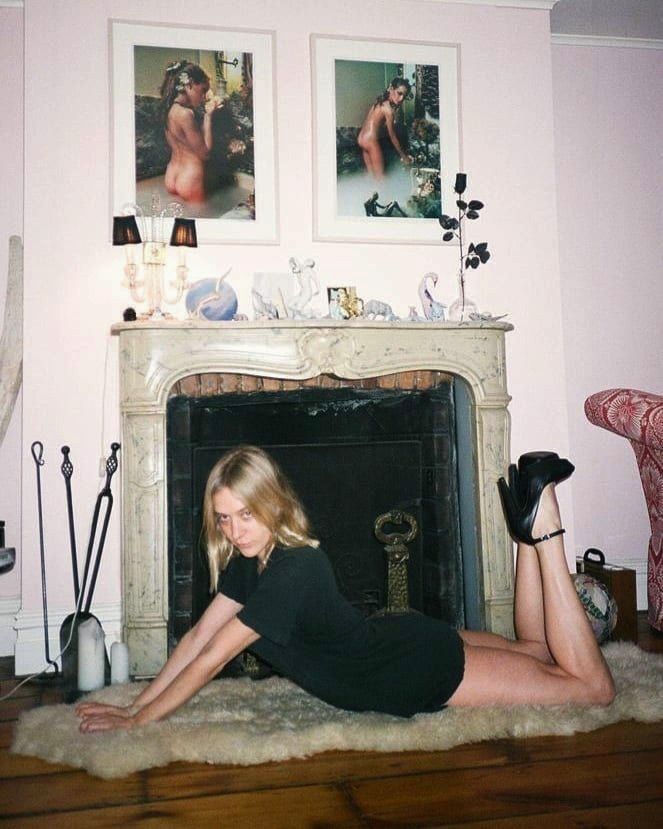
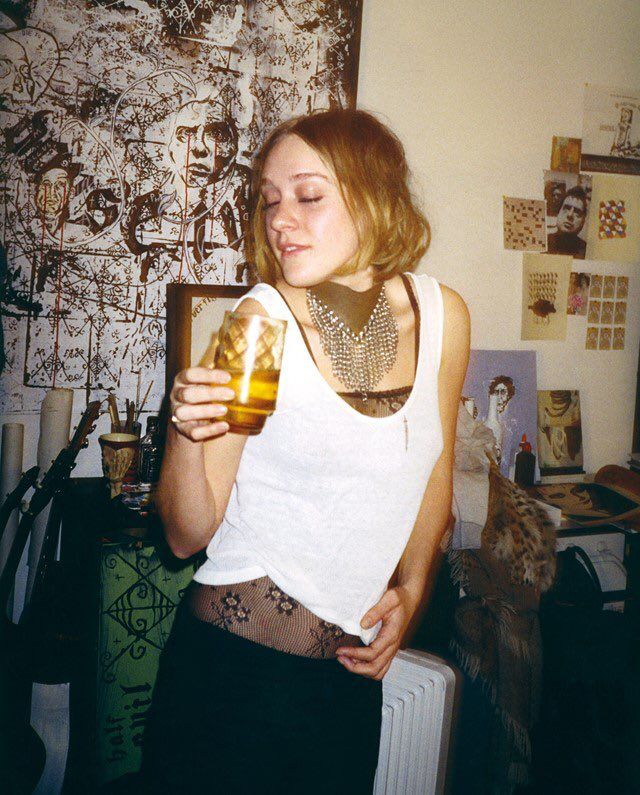
Her style has always been performative and political, a boyish blazer over lace tights, a vintage wedding dress worn to a downtown party, a preppy sweater paired with punk boots. Rather than rejecting gendered codes, Sevigny inhabits them, bends them and reclaims them. At times delicate, other times confrontational, always unapologetic, she crafts an identity that resists definition.
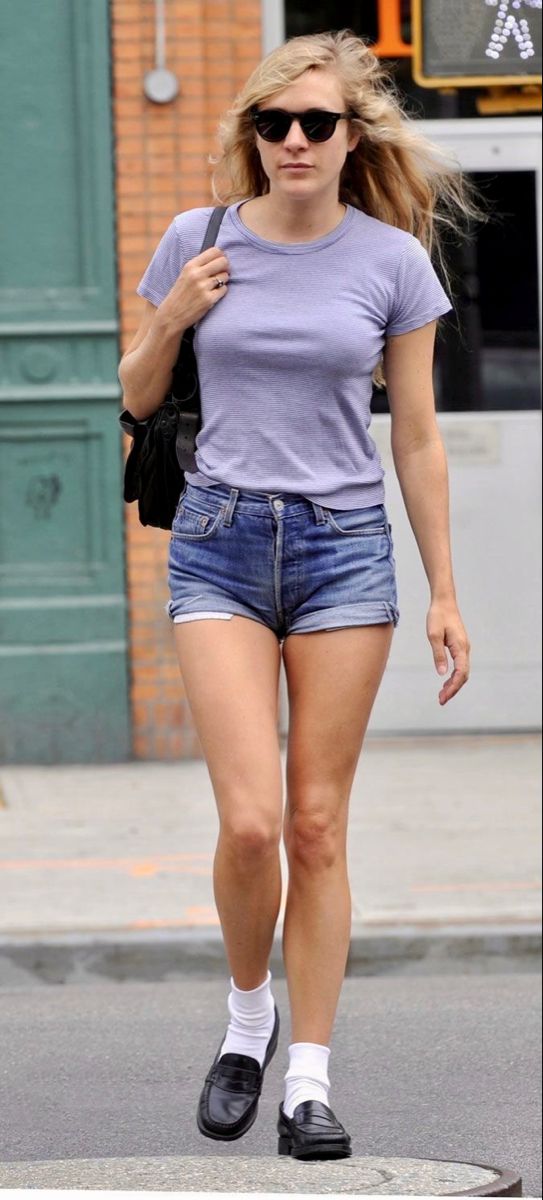
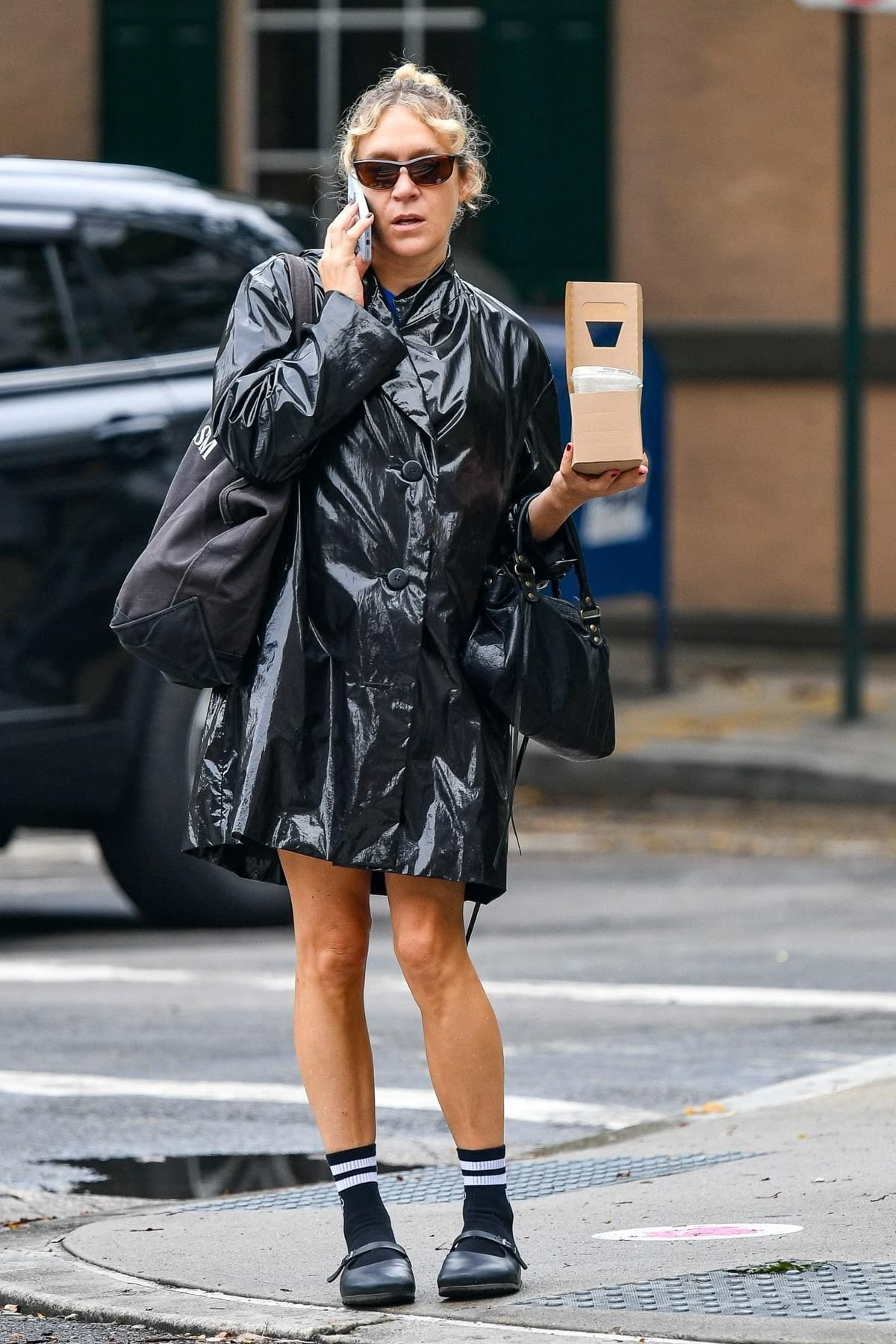

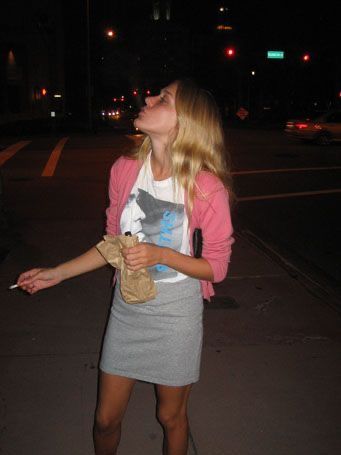
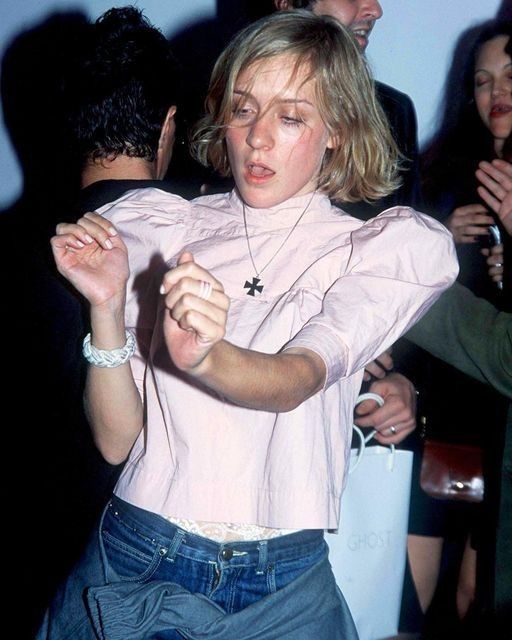
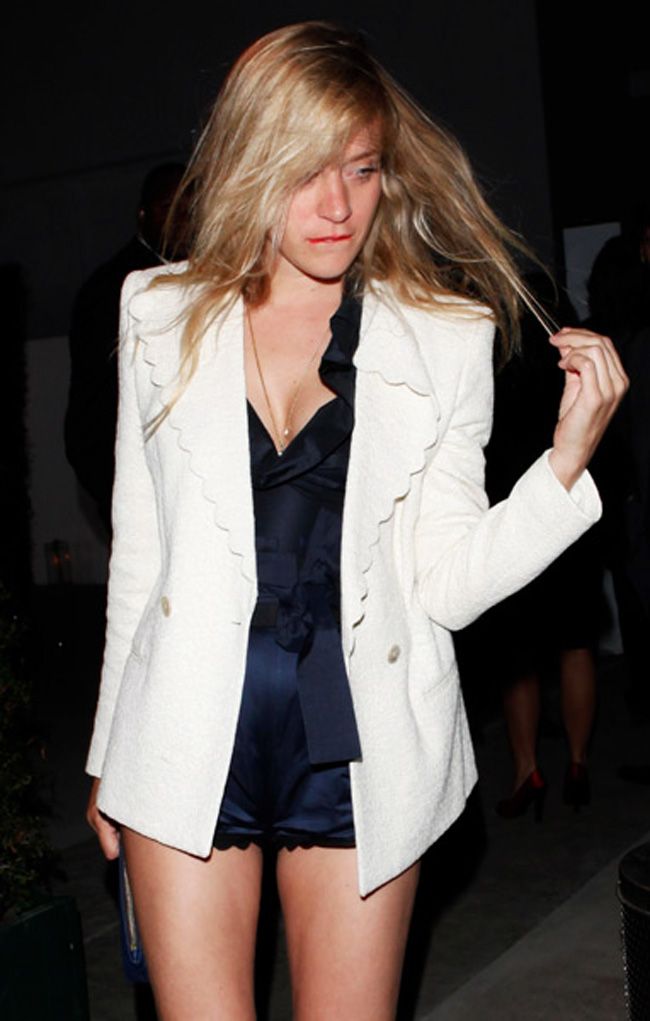
Still today, Chloë Sevigny remains a fixture on the margins, those fertile, feral edges where culture shifts before it’s named. Her style is not about trends, but about transformation: fashion as feeling, femininity as flux.
–
Follow us on TikTok @veinmagazine




